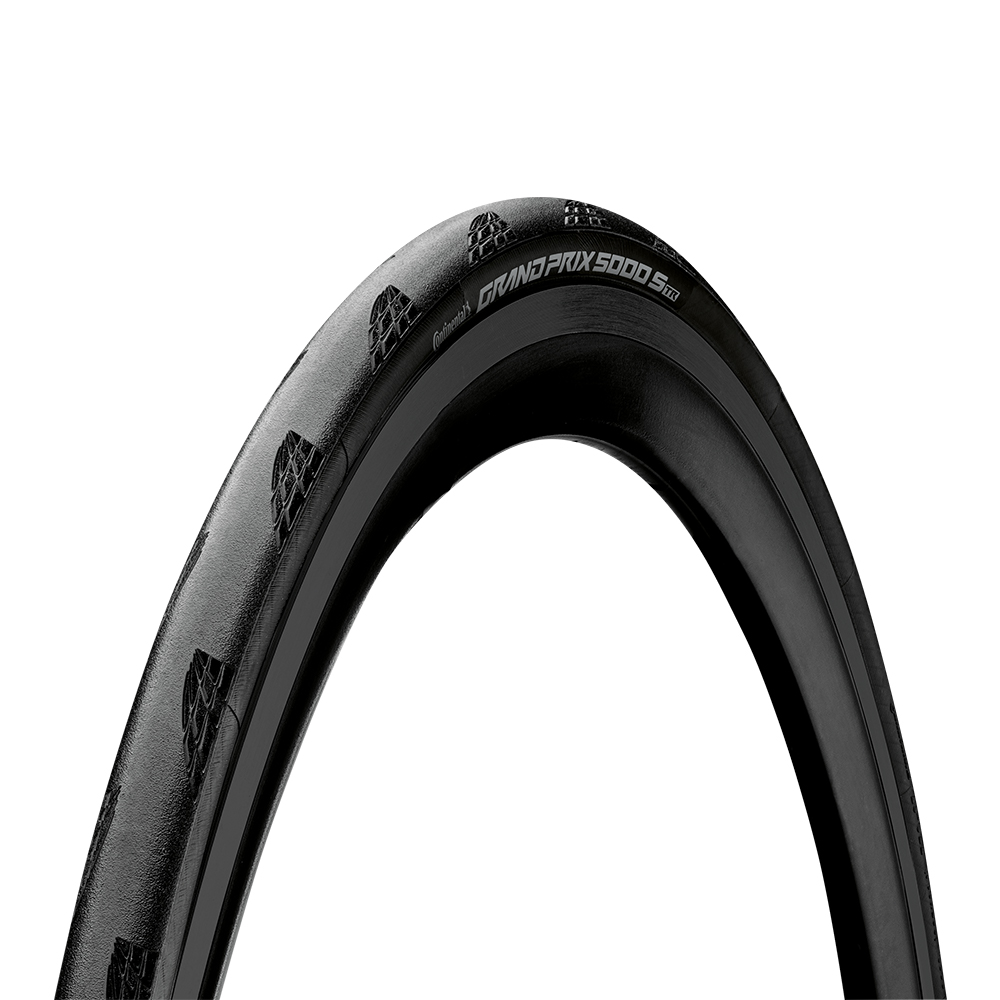COVID19 has changed cycling. In the early days of lockdowns cities were empty of cars, and cycling became much more attractive. It was safer and more pleasant without cars, and people needed exercise as movement was restricted. After lockdown cycleway construction was a popular method of creating economic activity. The demand for bicycles increased dramatically over 2020-2022.
At the same time production of bicycles and components dropped as factories closed for lockdown or people took sick leave, or self-isolated. World freight gummed up as containers piled up and couldn’t get emptied, which made it hard to get cycle parts imported. Cycle manufacturers had to get creative and build bikes with whichever parts they could get.
All this meant that prices increased dramatically, as people stockpiled parts.
The supply/demand balance has restored back to what it was in 2019, but the cost of parts has not dropped. There are some sales, but still not the levels that should be based on oversupplies. General inflation has pushed up prices and wages, but still cycling has not become more affordable.
I would like to focus on Tyres. Roadbike tyres are vulnerable to punctures and generally last about 5000km (or less). Affordable tyres like Continental ultrasports (on sale at $NZ40) have doubled in price since 2019.

Performance tyres can cost $NZ100 or more( e.g. this Continental Grand Prix 5000 STR on sale at $NZ116)

For comparison Car tyres can be bought for less than $NZ100, and they last for 30 000 – 50 000 km. In many cases the price includes fitting and free repairs.

Cycling is still cheaper than driving, but you can’t escape the feeling that we are being overcharged for many components.